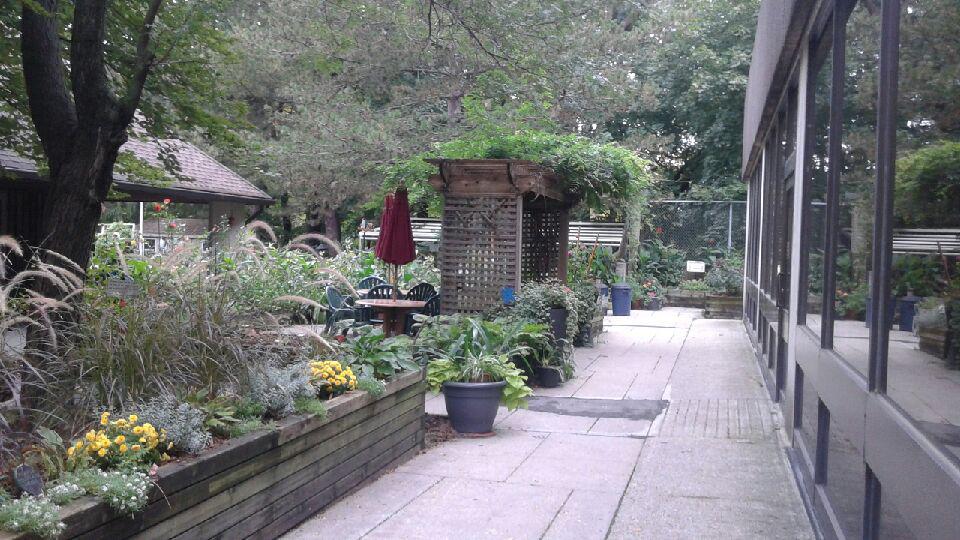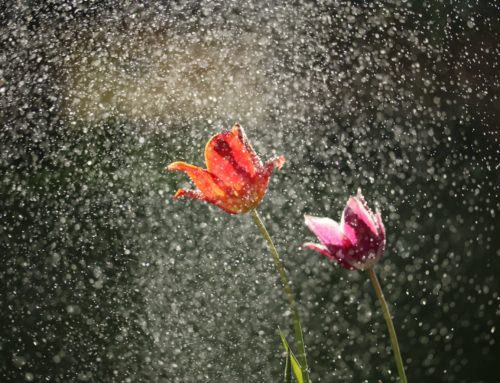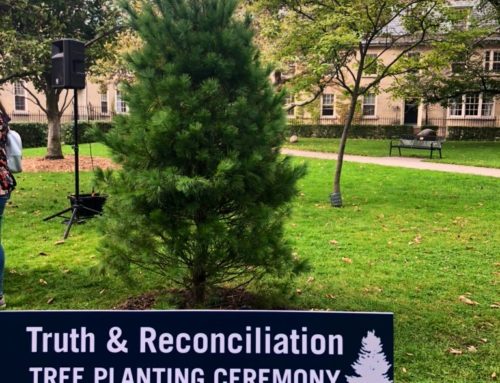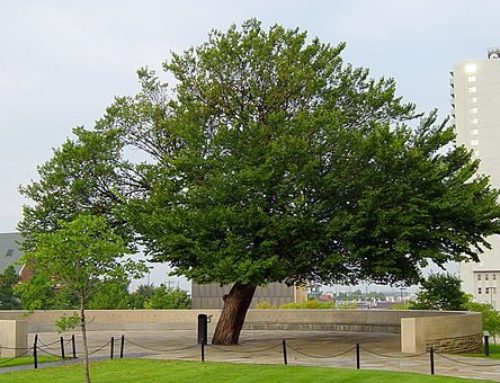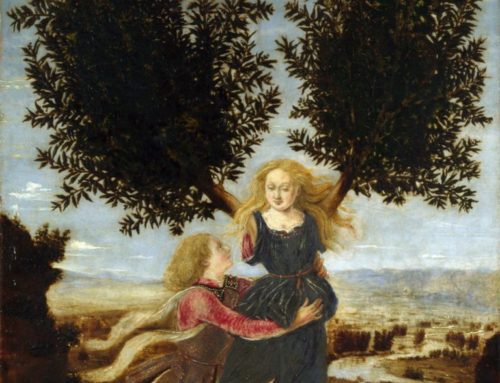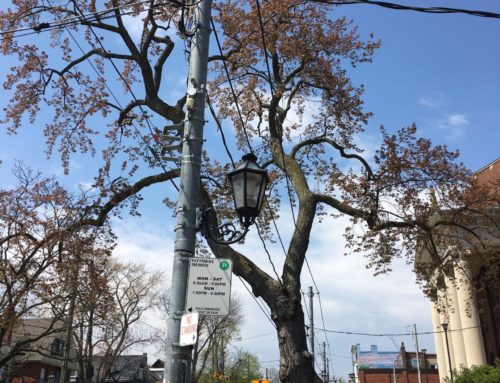The Sunnybrook Veterans’ Centre is located in Toronto, Ontario and is part of the Sunnybrook Health Sciences Centre. This location was previously the Kilgour Estate and has evolved over the years. In May 1928, Mrs. Alice M. Kilgour, widow of Toronto businessman Joseph Kilgour, announced the gift of her estate, the 150-acre Sunnybrook Farm, to the City of Toronto. It was the largest gift of land to the city in its history. In September of that year, Mayor Sam McBride officially opened Sunnybrook Park. In 1942, the Greater Toronto Veterans’ Hospital Committee recommended Sunnybrook Park as the best location for a new 1,590 bed veterans’ hospital. The consent of the Kilgour heirs was obtained and on Remembrance Day, November 11, 1943, the sod-turning ceremony was held. In September 1946, the first veteran patients were admitted and on June 12, 1948, the long-awaited opening of Sunnybrook Military Hospital took place with Prime Minister Mackenzie King presiding at the event.
In the early 1960’s the Federal Government recognized that the number of hospital beds required for veterans was on a decline, but that there still would be a need for continuing special care facilities for veterans. As a result, the existing hospital and its lands were transferred to the University of Toronto. Sunnybrook Medical Centre was born in 1966, and the Veterans’ Centre eventually moved to the present day site within the Sunnybrook property.
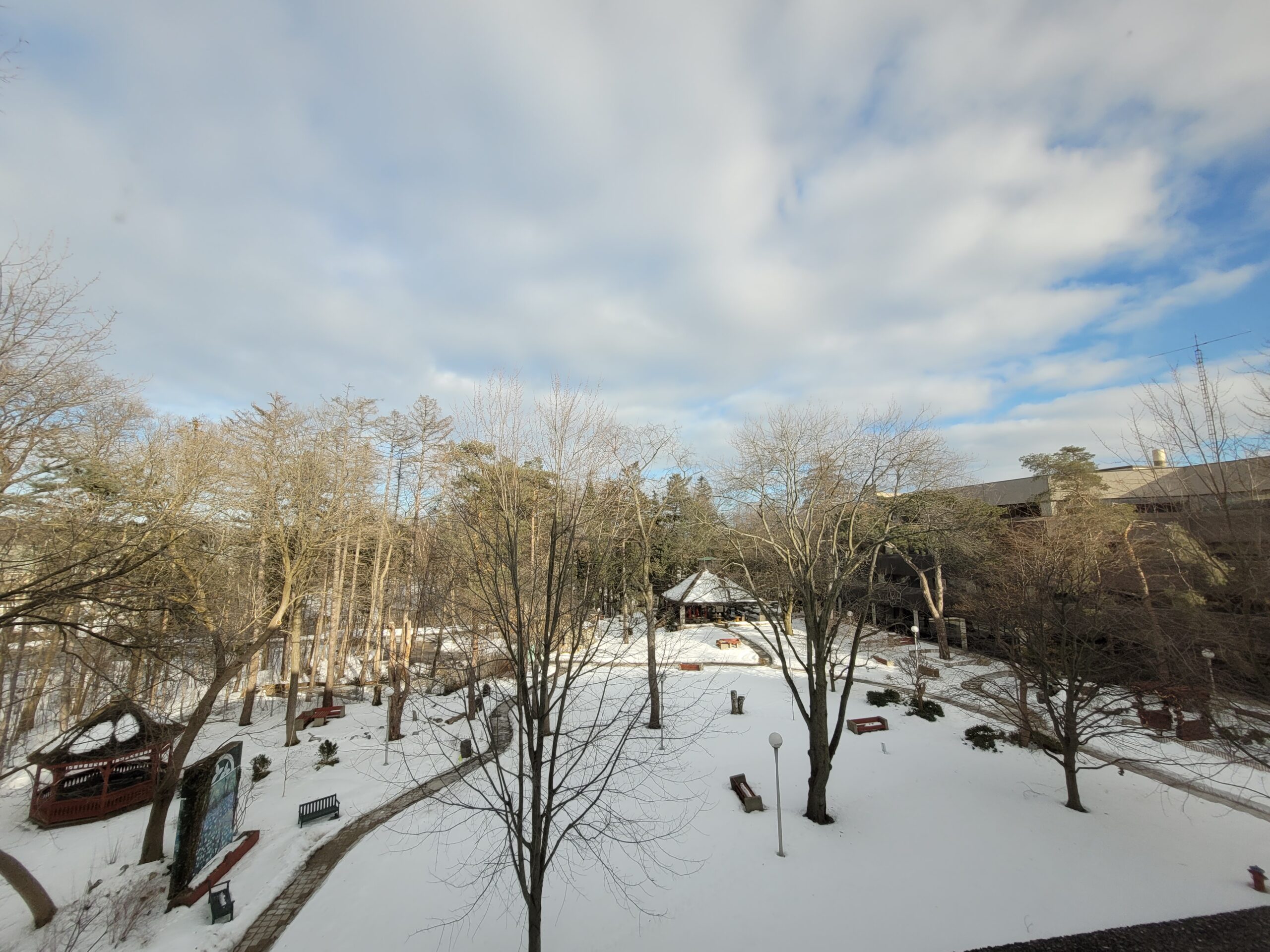
Throughout the Veterans’ Centre there are numerous private gardens for use by the residents and their visitors. In the George Hees Wing (LWing) these include the Courtyard Garden, the Dorothy Macham Home Gardens, the 3rd Floor Balcony Garden, the 2nd Floor Patio Garden, and the Palliative Care Garden. Within the Kilgour Wing (KWing), the Veterans’ Therapeutic Garden (KWing Garden) is located. This approximately 1.5-acre therapeutic garden has been home to a horticultural therapy and therapeutic gardening program for decades. In fact, in the late 1940s there was a large vegetable garden at the Military Hospital, and the veterans could participate in the gardening.
The KWing garden is closed during the winter months, but during this time the residents who are involved with the horticultural therapist work in their greenhouse, preparing plants and seedlings for the garden. (There is always the hope of spring!) When the weather and soil is warm enough, they assist in planting the flowers and vegetables, and some continue to maintain the plants throughout the growing season. Many veterans enjoy the harvest, not just the ones involved in the program! One of the goals of horticultural therapy is to bring people and plants together in a relaxing natural setting, either inside or outside, to facilitate meaningful engagements within these settings and activities. The positive results are numerous!
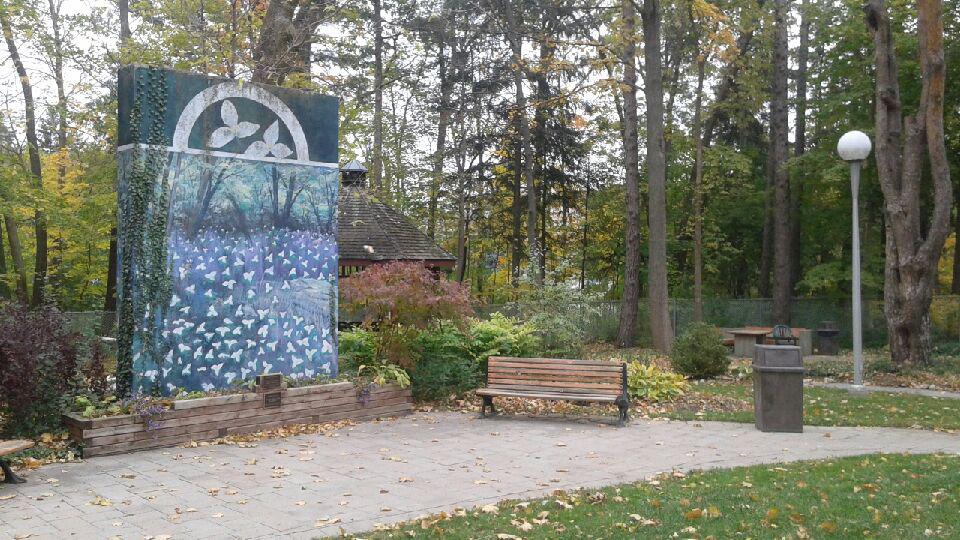
In the early days of the pandemic, there was a real need for “normal” when so many activities were no longer permitted, and visitors could not enter the facility. To help meet this need, the garden was opened shortly after the pandemic started in early spring 2020, about a month earlier than usual. Here residents could get fresh air and visit with other residents in an outdoor space. An early opening also happened in March of 2021, to the great delight of the residents. An extra bonus in opening the garden so early has been that the residents were able to see up close the gradual changes in the trees and shrubs as the warm weather advanced.
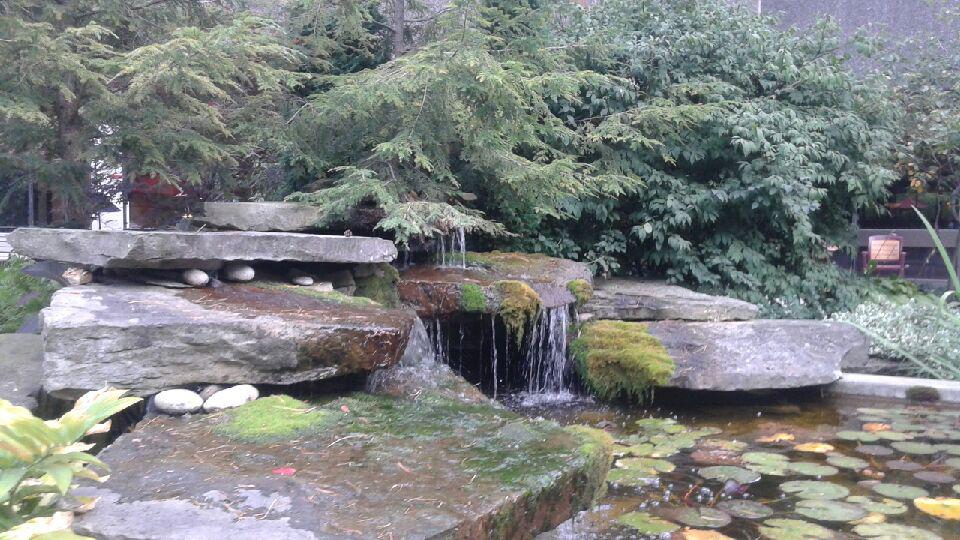
One wonderful aspect of the KWing Therapeutic Garden is the trees. These are enjoyed by everyone, both to look at and to sit under. A few years ago, a veteran who had been an arborist commented that to him the garden was an arboretum – it had so many different trees of various ages in a condensed space. Wildlife also enjoy the sanctuary of these trees. Our garden is fondly defined as a piece of country in the city. We are thankful that whoever designed the KWing garden and building had the future in mind when they incorporated the trees into the therapeutic landscape, rather than cutting them down.
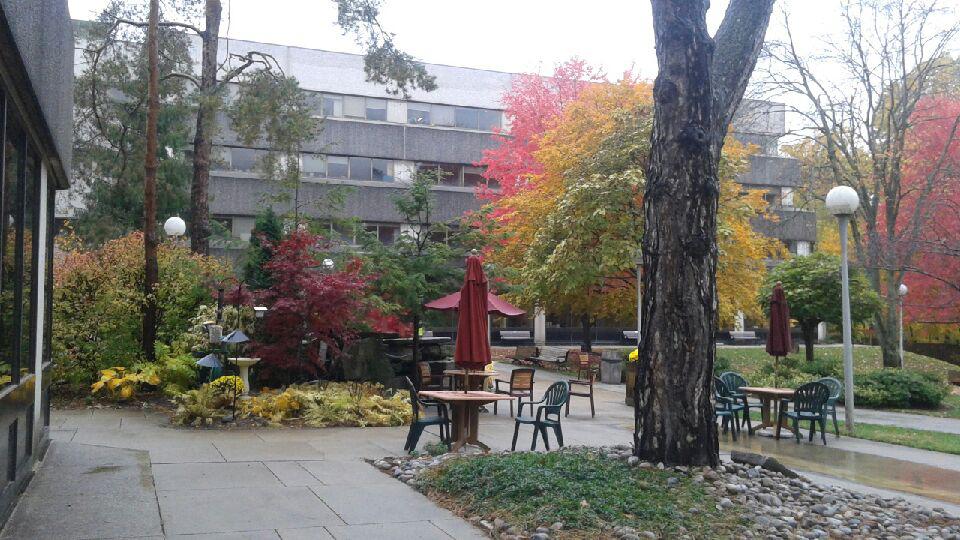
One of the newest trees to join our tree family is the Vimy Oak. After the Battle of Vimy Ridge during the First World War, Canadian soldier Leslie Miller took a handful of acorns from a half-buried oak tree on the battle grounds. When he returned to Canada after the war, he planted them on his farm in Scarborough. Several of these oaks survive, though there are none remaining at the Vimy Ridge site.
In 2014, arborists began using cuttings from the original oak trees and grafting them to base root stock to create saplings. The Vimy Foundation has been working on repatriating some of the oaks back to Vimy as a way to “help preserve Canada’s First World War legacy through the creation of a living memorial.” Saplings were also made available for private planting in Canada to commemorate the Battle of Vimy Ridge. One of these was planted in the KWing Garden to commemorate the anniversary as well as to honour Lieutenant Miller (1889-1979), who had been a KWing resident.
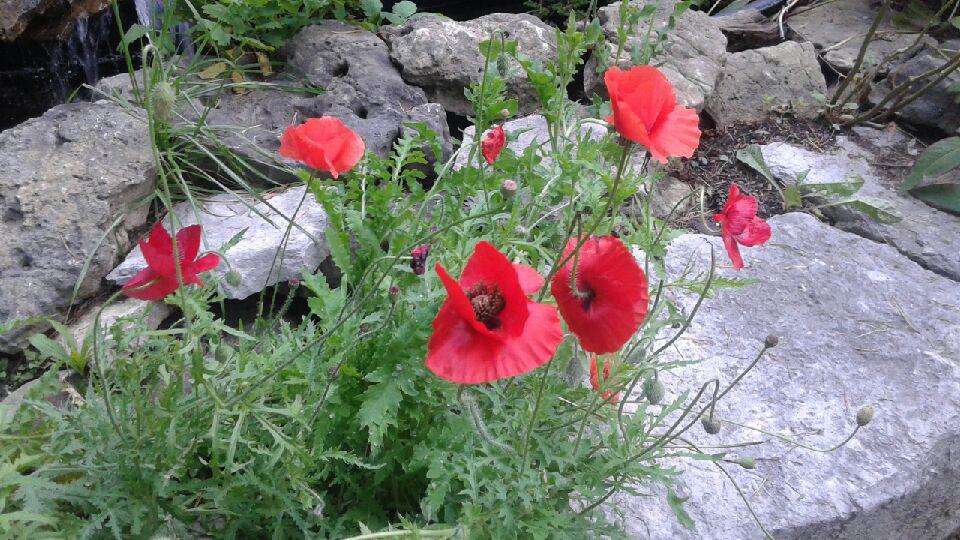
“We are thankful to have Cohen and Master Tree and Shrub Services caring for our gardens! Their professionalism and obvious pride they take in doing a great job (and clean-up) doesn’t go unnoticed.”
Janet Phillips, Horticultural Therapist, Sunnybrook Veterans’ Centre
It is a great honour and a privilege for our team to be able to help care for the trees in the “arboretum” at the KWing garden. This site is special, not only for the variety of mature trees on the property, but for the joy and comfort they provide to residents and their visitors.
Please note: The KWing garden is a private garden for use by residents of the KWing and LWing and their visitors.
For more information about horticultural therapy and therapeutic horticulture, visit the Canadian Horticultural Therapy Association website and Facebook page.

